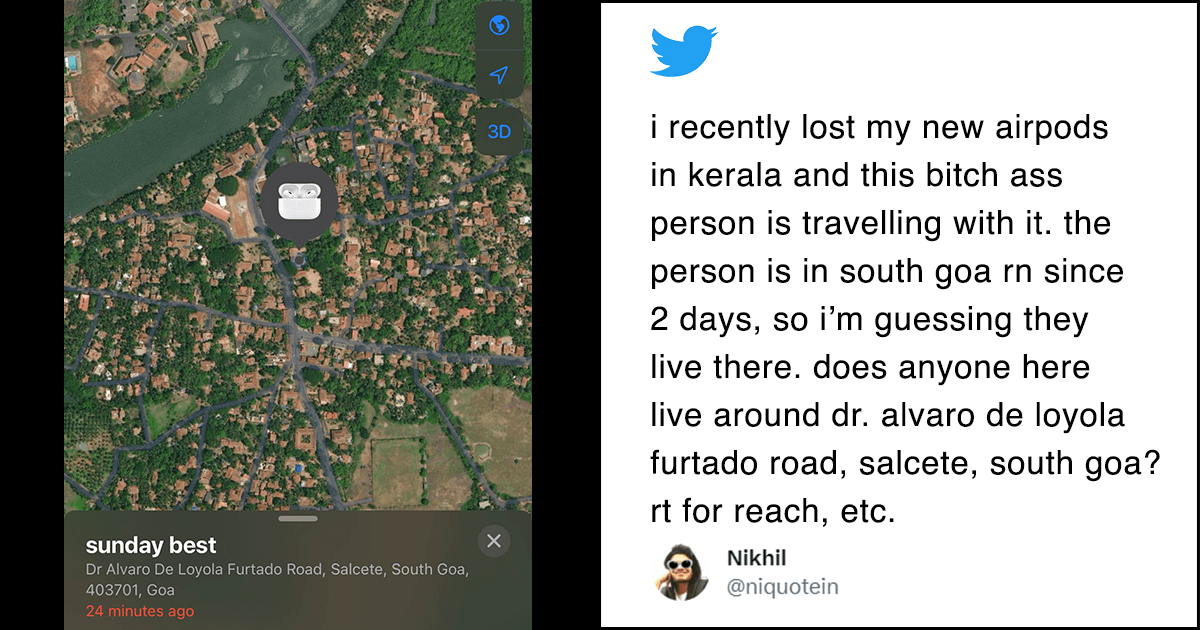When it comes to going for a vacation, one can never go wrong with Himachal Pradesh or Uttarakhand. The scenic beauty, the snow covered mountains and the unfiltered sun rays on your skin feels like a heavenly escape from your daily hustle-bustle.
So, when the lockdown was lifted and people suddenly started posting stories and reels of the magnificent mountains, it did make all of us feel a little jealous. But in-between all those Instagram stories and reels everyone forgot how our beloved mountains are in danger.
The horrifying Uttarakhand glacier burst and avalanche in the Joshimath area of Uttarakhand’s Chamoli district was a grim reminder of that.
Praying for the safety & well being of all those effected due to #Avalanche in #Uttarakhand:
— Ashoke Pandit (@ashokepandit) February 7, 2021
It really sends down shivers down your spine when one experiences these kind of natural disasters which make you helpless . #Chamoli #Glacier#Uttarakhand pic.twitter.com/UyFkxgZrHo
This natural calamity was a big slap on everyone’s face who thought climate change is just a hoax. But what was more concerning for experts was the timing of this calamity despite the fact there was no cloudburst.
Cloudburst would be a rare event during this time of the year. It does look like a GLOF event right now.
Eleven days after a glacier burst in Uttarakhand’s #Chamoli 61 Bodies Found, Over 140 Still Missing #ChamoliDisaster #UttarakhandGlacierBurst pic.twitter.com/4uwMtVtDhQ
— Rashad Bhatt (@RashadBhatt) February 18, 2021
Several experts tried to find the reason behind the incident. While some called it a GLOF or glacial lake outburst flood, some blamed the reduced snowfall this winter as the cause of the disaster.
But the end result just pointed out that climate change and global warming is at an all-time high. This is eating the Himalayan glaciers at an alarming speed.
Who say’s #COVID19 and lockdown was helpful in lovering Co2 emissions.
— Rohit Jha (@RohitForIndia) February 17, 2021
“We breached the global threshold of 400ppm in 2015 and, just four years later, we have crossed 410ppm. Such a rate of increase has never been seen in the history.
#ActOnClimate #ClimateChange pic.twitter.com/nHxdCD5DUY
This recent Uttarakhand avalanche was an evident eye-opener. But the mountains and other hill stations especially have been suffering right in front of our eyes. Reason? The rise in temperatures, global warming and human intervention for several years now.
Opening of the lake–formed upstream of Rishi Ganga in #Uttarakhand following February 7 flash flood — widened to 50ft to increase water outflow. Lake water level decreased by one foot, SDRF claims. @IndianExpress pic.twitter.com/rZZq2ptNJJ
— Lalmani Verma (@LalmaniVerma838) February 23, 2021
Case in point, many cities and districts in Himachal Pradesh witnessed their warmest February after decades. Where a tourist city like Kalpa is 14 degrees above the average temperature, Shimla is at least eight degrees above normal temperature this month.

Soaring temperatures are affecting the plain areas as well leading to this February being the warmest in Delhi in at least 15 years.
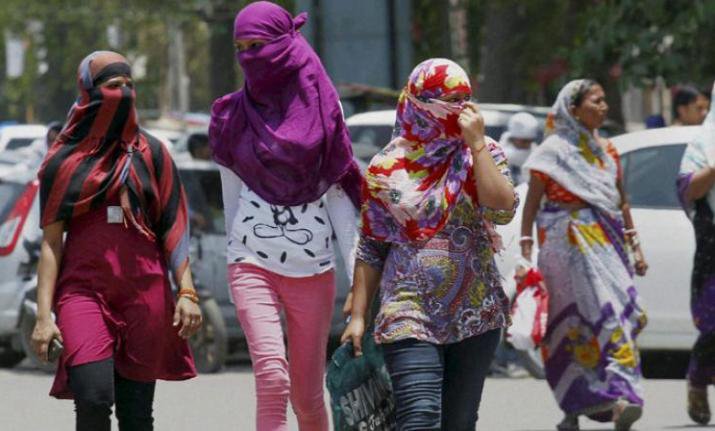
But that’s not it. Due to the lack of precipitation, cities like Shimla and Manali didn’t receive snowfall in the month of January this year. This is a matter of grave concern since an inadequate amount of snowfall will lead to water shortage and the drying up of rivers not just in HP but also in other mountain regions.
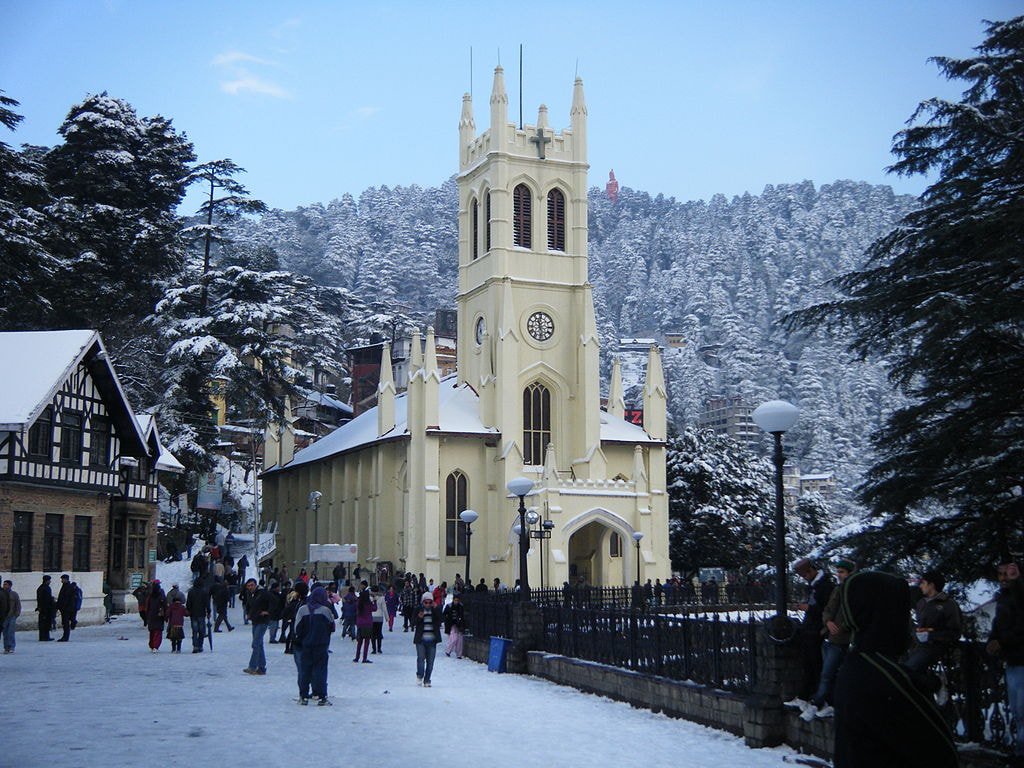
Water availability, both in terms of drinking water and water for agriculture is tied to winter snowfall. The mountain communities are dependent on the springs for our pre-monsoon irrigation and that only comes from snowmelt and glaciers.
#India – India’s glacier disaster highlights Himalayan dangers.
— AFP Photo (@AFPphoto) February 19, 2021
📸 @sajjadkmr #AFP https://t.co/PN0mbOblBN pic.twitter.com/CrD3K6gFiV
The atmospheric warming also led to winter wildfires in the state of Uttarakhand for the very first time. Due to dry winters and low perspiration in the state, the forest fires which otherwise take place between mid-February to mid-June started in October last year and are still continuing. This phenomenon also resulted in a decrease in the bird and butterfly population in the state.
Human civilization has become the most ever technologically advanced in history but sadly none have bothered to develop any mechanism to prevent, monitor & counter the #wildfires. If we don’t act to save nature today, future generations won’t praise us tomorrow.#SaveTheHimalayas pic.twitter.com/LCCFY28ePY
— Kapil Pareek ✒️ (@thekapilpareek) May 27, 2020
Moreover, several species of flowers in Uttarakhand, including rhododendron are blooming much earlier than they should due to the increase in temperature.
In #Uttarakhand, where #rhododendron is the state #tree and supports the local #economy, reports of early flowering of buransh have elicited concerns over the sensitivity & responses of plants to temperature and rainfall changes in the warming #Himalayas. https://t.co/7lpFHHlotp pic.twitter.com/X1PkrinZ4Y
— Himalaya Collective (@HimalayaColl8ve) July 16, 2020
Various species of flowers in #Uttarakhand, including #rhododendron, are blooming much earlier than they should have been. While the floral beauty has left tourists happy, scientists are worried as the increased temperature is the major factor for this.https://t.co/9VXF5JAqZb pic.twitter.com/5W11inzggy
— Himalaya Collective (@HimalayaColl8ve) February 23, 2021
Moreover, when the local mountain communities say that it isn’t as cold as it used to, they actually are right. According to Livemint, the rapid rise in temperatures has led to Himalaya becoming less cold. The number of frigid days has declined 4 days in the past 5 decades.
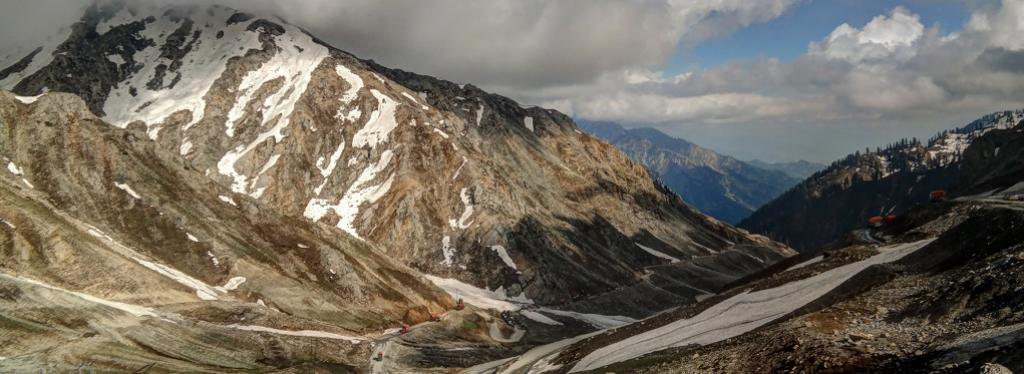
Anyone who has been a ‘mountain person’ can also very evidently see how the water level of all the rivers have been decreasing at various places. The buzzing sound of the streams and rivers are suddenly nowhere to be heard.
All the places that used to have inches of snow are totally dry. Small puddle-like waterbodies have taken the place of those large rivers.
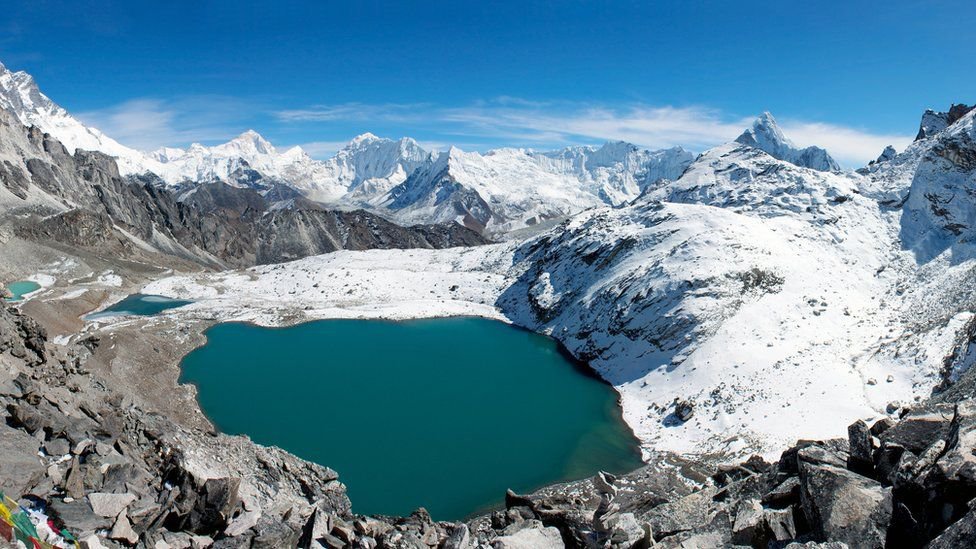
So, don’t be fooled by the pictures of snowcapped mountains and snowfall. That is happening at some very isolated places in the mountain regions. Despite the fact that it is being neglected, global warming and climate change is occurring at a rapid pace and this is leading to a very worrisome situation in the mountains.






